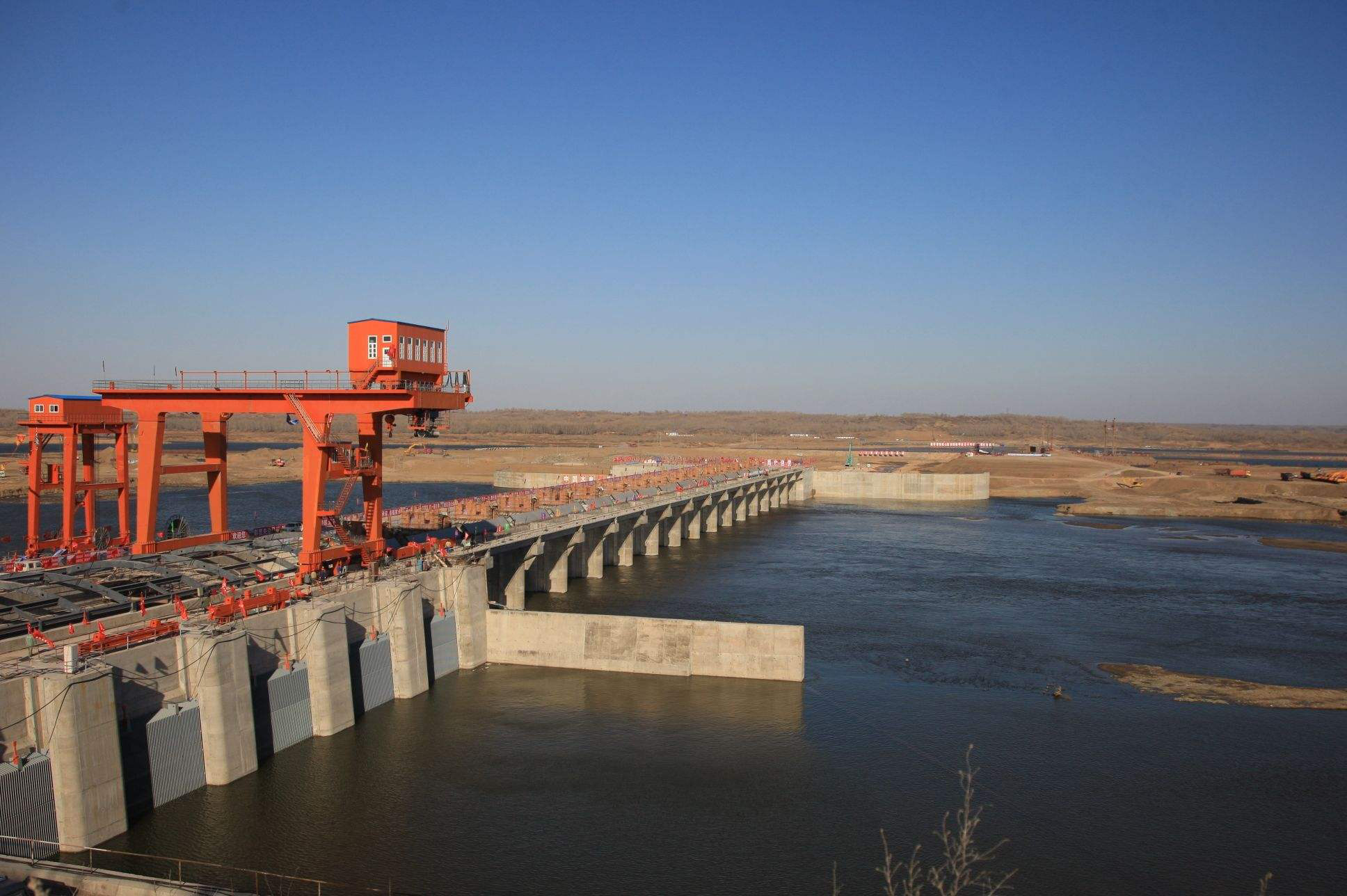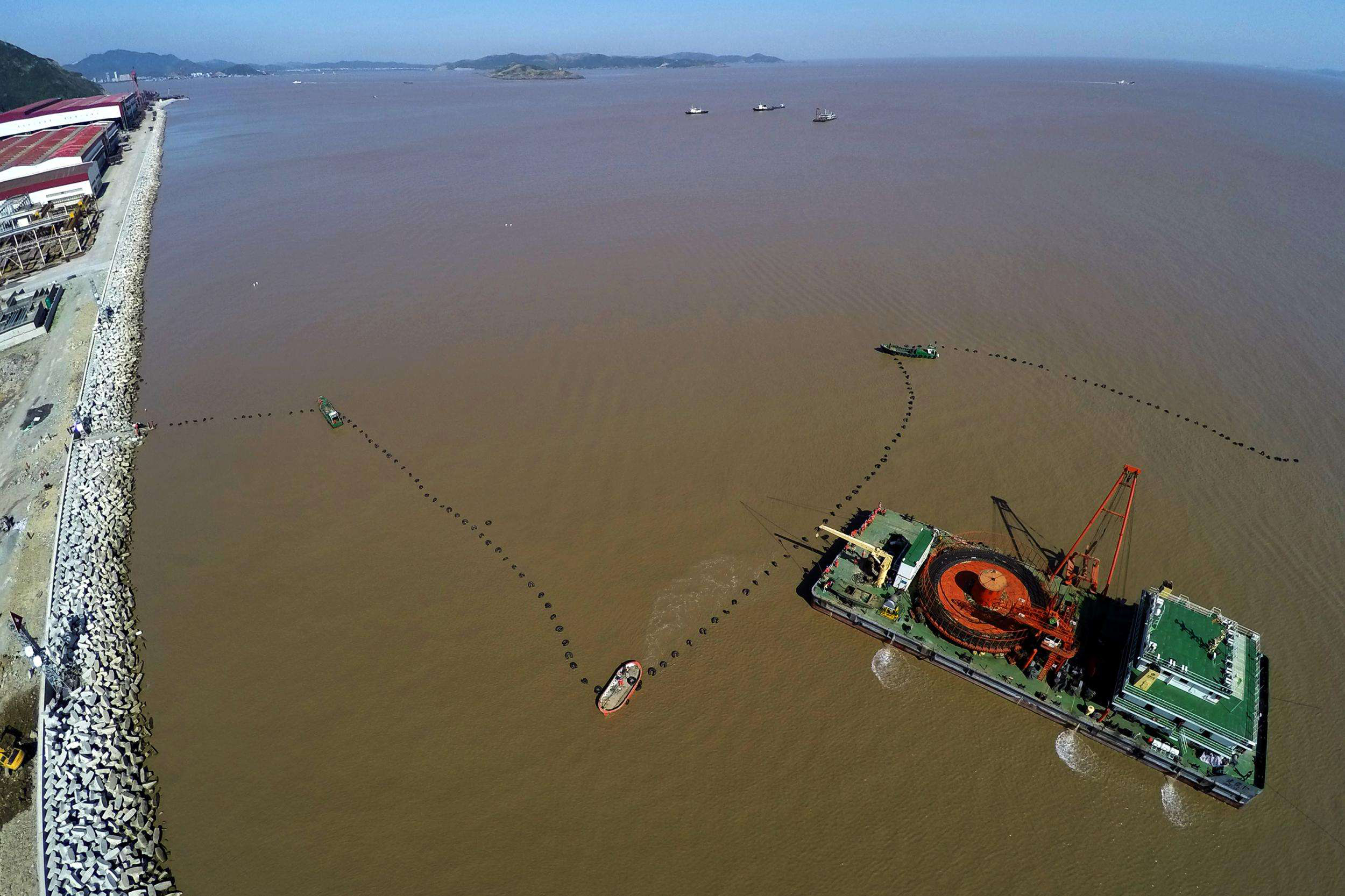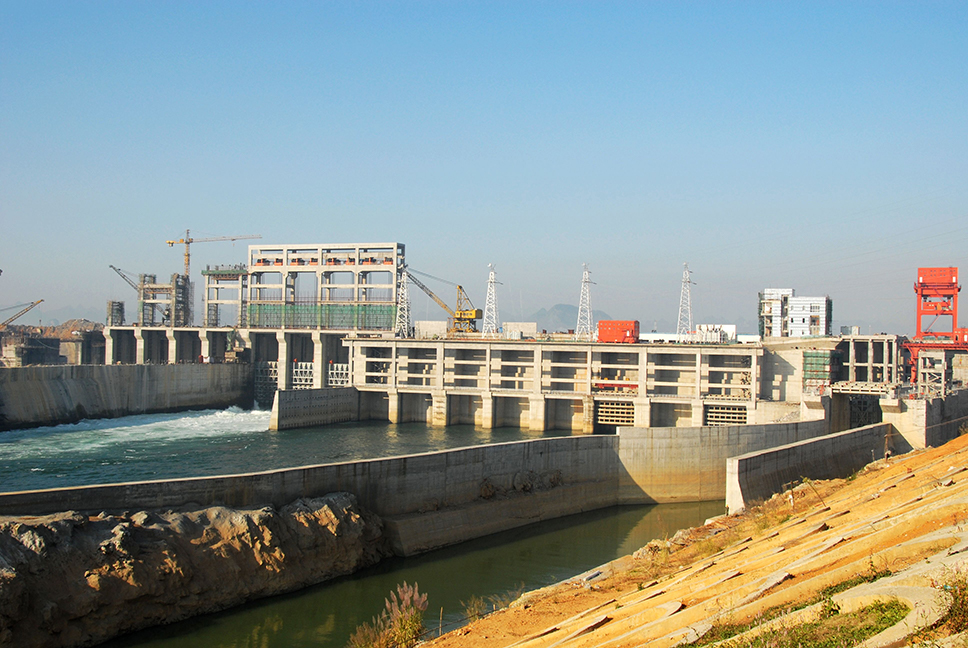Geothermal and geological exploration solutions
Water conservancy project monitoring
Water conservancy engineering refers to the field of engineering that involves the planning, development, management, and utilization of water resources. In water conservancy engineering, monitoring the temperature of water bodies is crucial because temperature variations have significant implications for water resource management and utilization.

Traditional methods of water temperature monitoring typically rely on point measurements using discrete temperature sensors to locally monitor water bodies. However, these methods are limited by a finite number of monitoring points and a narrow monitoring range, making it difficult to provide comprehensive and continuous water temperature monitoring.
Distributed Temperature Sensing (DTS) technology, based on the deployment of fiber optic sensors, offers a solution for comprehensive water temperature monitoring. Specifically, the fiber optic sensors measure temperature changes in the surrounding medium of the fiber, enabling real-time detection of water temperature variations and providing comprehensive temperature data.

Fiber optic deployment: Fiber optic cables are installed along key locations of water projects, such as reservoirs, rivers, canals, water gates, and dams. The fiber optics can be buried in the soil, affixed to the surface of structures, or placed in the water to cover the areas requiring temperature monitoring.
Temperature change detection: The temperature changes in the fiber optic cables are monitored to assess the temperature conditions in water projects. When there are temperature variations in the water flow or the surrounding environment, the fiber optic sensors can detect these changes in real-time and convert them into temperature data. This provides insights into the temperature distribution, seasonal changes, and potential hotspots in the water bodies.
Data acquisition and analysis: The temperature data from the fiber optic sensors are collected and recorded. A data acquisition system is connected to the fiber optic sensors to gather and store the temperature data. Professional data analysis software is used to process and analyze the data, generating temperature trend graphs, temperature distribution maps, and reports. This helps understand the temperature changes in water projects and facilitates decision-making.
Warning and alarm functions: The system can be configured with warning and alarm functions based on predefined temperature thresholds. When the temperature exceeds the set thresholds, the system can trigger warnings or alarms to alert operators to take appropriate actions. This is crucial for monitoring abnormal temperature changes in water bodies, preventing ice buildup in reservoirs, and identifying areas with potential hotspots.
Remote monitoring and control: The distributed fiber optic temperature monitoring system can be connected to a remote monitoring platform, allowing operators to remotely monitor the temperature data and relevant parameters of water projects. Through remote monitoring and control, real-time information about temperature changes, hotspots, and seasonal variations can be obtained, enabling necessary adjustments and control measures to ensure the safe operation and effective management of water projects.

By adopting the distributed fiber optic temperature monitoring solution for water projects, real-time monitoring and control of water temperature can be achieved. This helps optimize the operation of water projects, protect water resources, prevent water pollution, and support decision-making processes.
PREVIOUS:Underground flow control
No next





